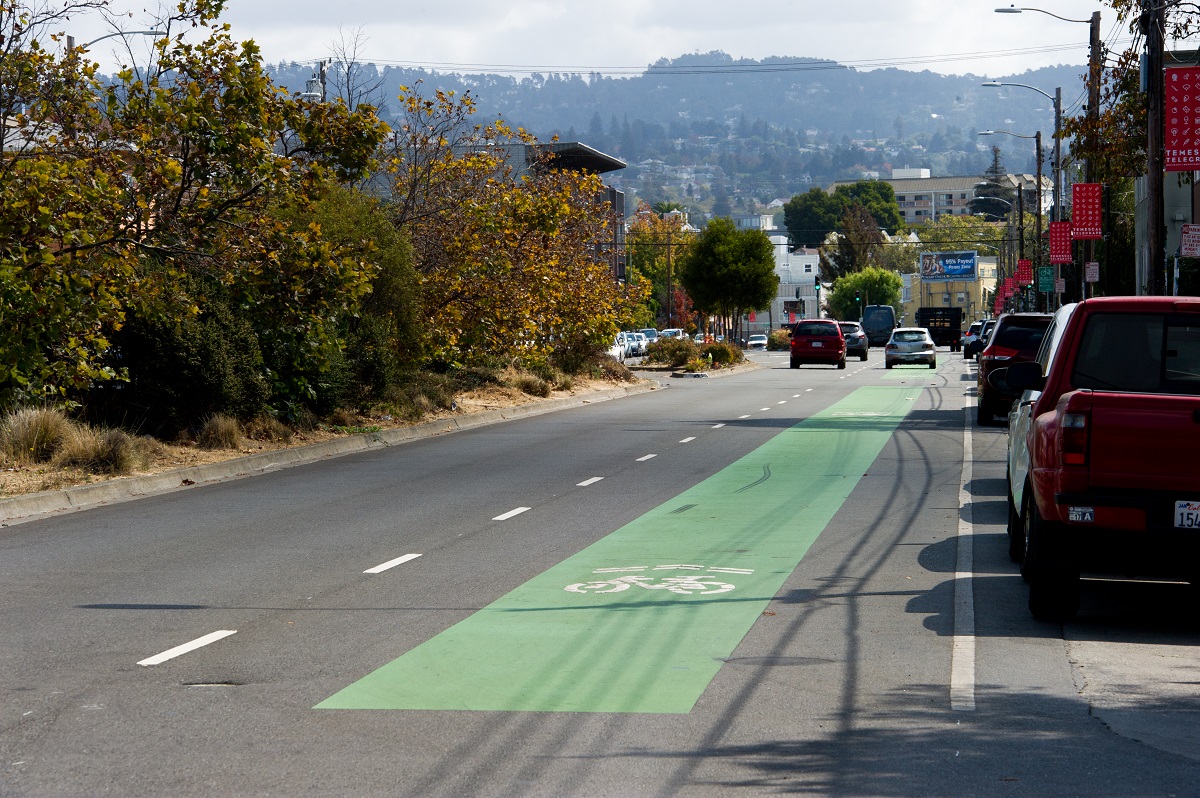After spending August at home in their districts, Members of Congress are returning to Washington with a packed agenda ahead of them in September. Congress must raise the federal debt limit to avoid defaulting on our national debt and extend funding through the appropriations process to keep the government running.

The calculus on how to proceed has likely changed now that significant resources will be needed to help Houston and southern Texas recover from the devastating floods. Congressional leadership is now talking about packaging together into one or two bills the debt limit, an extension of current government spending, and a down payment on disaster recovery funding. The thinking is that putting disaster money together with these other items will make the entire package easier to pass and less subject to disagreement between conservative and moderate Republicans.
If Congress is able to do this and dispense with their most immediate deadlines, it will free up the fall for Congress to try and reach a deal on tax reform or tax cuts. It will also likely push the final decisions on appropriations for all federal agencies and programs to December.
To prepare for the likely December deadline, the House is planning to move forward with consideration of a package of all remaining agency appropriations bills, called an omnibus. During August, members of Congress reviewed the proposed bill and drafted amendments. For transportation, the omnibus continues funding for the Transportation Alternatives Program (TAP) along with all other FAST Act programs, though it does propose another $800 million rescission across all programs. The House bill proposes cuts to the TIGER grant program and to several transit programs; a number of amendments have been submitted to increase those programs. No amendments have been filed that would be detrimental specifically to biking and walking.
On the infrastructure front, the White House dissolved its Infrastructure Advisory Council after facing backlash from participants in many councils in the aftermath of the President’s remarks about the Charlottesville protests. Instead, in late August, the White House held a gathering of 150 state and local leaders to pitch their idea to provide federal funding to supplement private investments in transportation, and to speed up the federal permitting process. This is in essence what the White House has been talking about at a high level for months as part of an infrastructure package, but no further detail has been released.
Turning to the states, we continue to track state spending of the Transportation Alternatives Program (TAP). From April to June, states obligated a combined $204 million in TAP spending, which is nearly twice what they had obligated in the prior quarter. That’s great progress that is much needed given the impending deadline: on September 30, any unused FY2014 TAP funds will lapse and states will no longer have access to them to improve biking and walking safety. Our quarterly tracking report shows which states have funds in danger; it’s about $130 million across all states. This data is as of June 30, which means states have three months (July through September) to use up those funds before they disappear. Any funds set to lapse will first be reduced by the amount of the July 2017 rescissions the state must absorb. Even so, if your state has funds in danger, we encourage you to reach out to your state department of transportation to check on their plans for fully obligating any remaining FY2014 TAP funding before the end of September.
